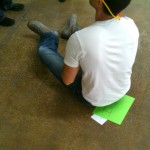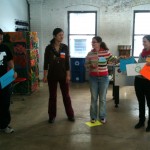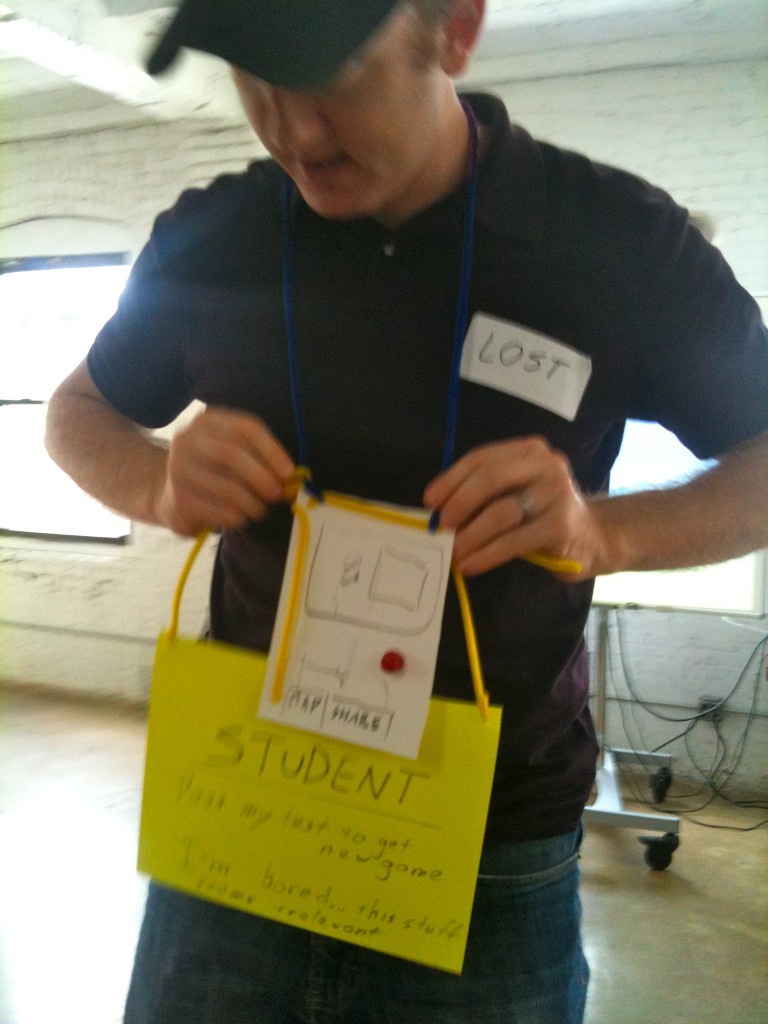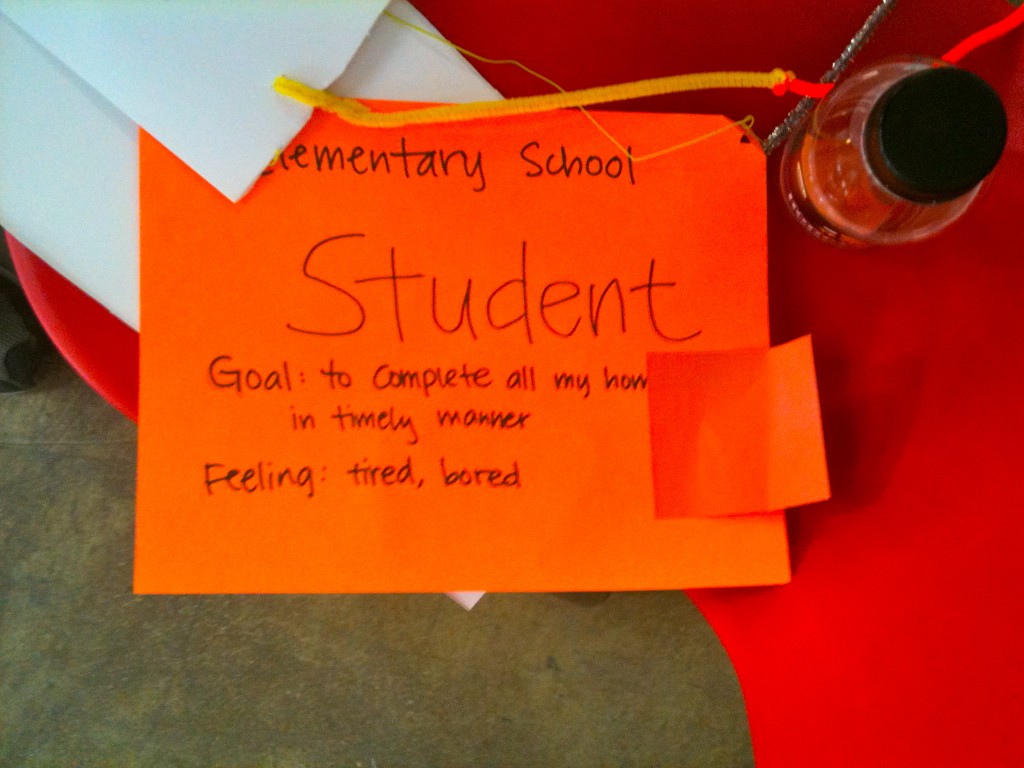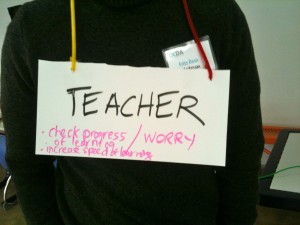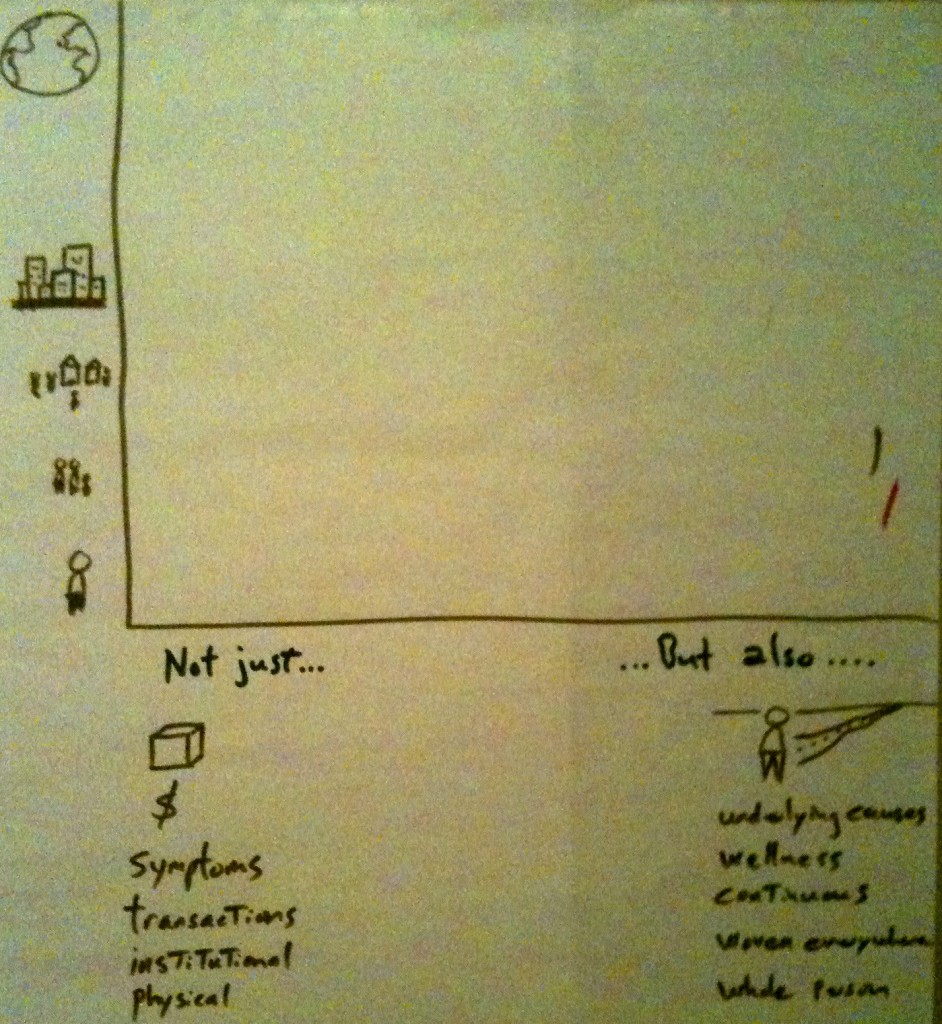My notes from 33: understanding change & the change in understanding by Richard Saul Wurman
4 Sentence Summary
Articulate what you really need – describe the performance needed from a person or product to solve the problem. Learn more by understanding more through asking “how something performs.” Build a model with the intent of making constructive demands for an improved better-working environment. Designing your life is the big design problem.
Five Star Ideas
(p15)
By organizing information, he said proudly, you create new information. Nothing has changed; you’re still the same people. And that’s the same with everything else in life.
(p15)
If you don’t ask, you don’t get . . . all of it pointed in one direction: Learning.
(p17)
You don’t remember something you haven’t learned and if you’re not interested, you don’t remember; therefore, you don’t learn . . . as courses did not come from a wellspring of interests of those being taught.”
(p17)
“Now, as I said, everybody’s got a pretty good idea of what the problems are, and they’re certainly not shy about telling you. But the difficultly seems to be that nobody really knows how to say what the real problems are. It’s as though there are only two words in everyone’s vocabulary: the word “No” and the word “More.”
(p20)
Innovation, creativity and invention are about what! How I do something is design.
(p20)
We have the problems and we have the questions, but the only questions we seem ever to ask are the ones that can be answered “more” or the ones that can be answered “no.” So, if you look at it that way, you could say that first of all, we don’t know what our problems really are. We don’t know how to articulate what we really need. We don’t know how to describe the performance we need from a person or a product to solve the problem. We don’t know, in other words, how to make the constructive demands for an improved, better-working environment.
(p22)
We live in fear of our ignorance being discovered and spend our lives trying to put one over on the world. If we instead could delight in our ignorance, use it as an inspiration to learn instead of an embarrassment to conceal, there would be no information anxiety!
(p29-30)
…they could begin to concentrate instead on communication drawings which conveyed real information about how physical spaces would perform and feel.
(p31)
…once people began to realize that if they were going to do anything about the world they lived in, they were going to have to learn about it.
(p32)
“I am never content until I have constructed a model of the subject I am studying. If I succeed in making one, I understand; otherwise I do not.” – William Thompson
(p34)
“Most things don’t work and if you don’t ask, you don’t get.” –RSW
(p37)
I love technology . . . I choose my assistants well and I know creative thoughts come from me and not my tools.
(p39)
Design wasn’t a problem or a challenge; it was a way of life … the big design problem is not designing a house … it’s designing your life.
(p40)
Do good work … the ultimate is to do good work and that’s all we try to do.
(p41)
Ask someone to talk for an hour, they’ll do it right away. Ask someone to talk for five minutes, it will take them months to prepare.
(p43)
Hailing failing will get you where you need to be! Hailing, failing yet still sailing was, in fact his motto.
(p46)
So much useful and productive activity, so many good ideas, so many conceptual breakthroughs, had come about as the result of the strange embrace between the so-called creative person and his experience with and reactions to failure.
(p50)
The disease of looking good is confusing aesthetics with performance . . . the cure: ask how something performs!
(p51)
Administrativitis: This disease . . . where the individuals think they are running the system but in actuality just he opposite is the case . . . is characterized by a preoccupation with the details of the operation – administrative issues, salaries, square footage, supplies – and a neglect of the purposes for operation.
See Also

